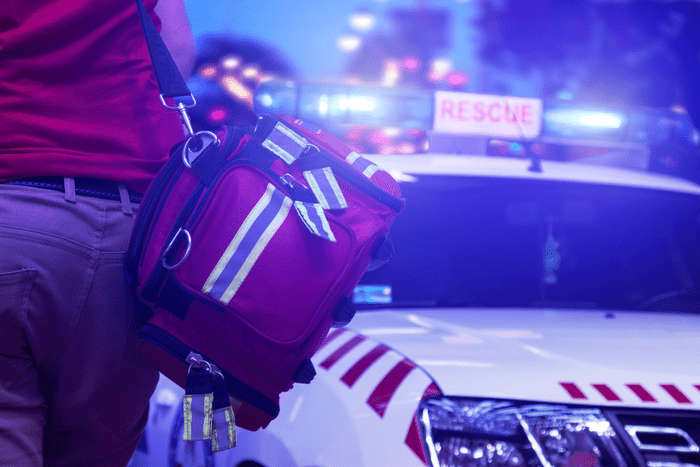
Anyone who works in EMS knows how important it is to maintain their equipment. Daily truck checkouts, weekly inventories, and monthly drug checks ensure your equipment is clean, is ready for service, and that drugs are up to date.
Your mobile suction device is one of the most critical pieces of equipment on your unit. Suction not only clears the patient's airway, but also enables you to visualize the cords during intubation, control bleeding in the trauma patient, and prevent aspiration, thereby protecting the lungs.
Maintaining your mobile suction device is a basic, yet vital, responsibility. And the key to device readiness is having a complete inventory. What is your mobile device inventory, and is there room for improvement?
Deciding What Works
Few responders get to choose the equipment placed on the truck. But if you are part of a committee or responsible for making such decisions, the first step in suction device inventory is choosing the right unit for your department. Some of the considerations include:
- The size of the department/number of units needed
- Cost of each unit
- Power—either rechargeable or alkaline batteries, or alternative power sources
- Special populations served—i.e., geriatric and pediatric patients who benefit from units that provide adjustable pressure
- Durability
- Portability
- Size—larger, more powerful units or smaller units that can be easily stowed in an airway or trauma bag
- Easy to maintain— disposable parts and accessories for ease of cleaning and reducing contaminants
Accessories Matter
There are certain accessories you will need to outfit your portable suction device. You want a range of adjuncts so that you have the right tools for the job. Certain patients and situations require a more refined approach. Here are the essentials to include in your suction device inventory:
- An array of catheters:
- Flexible French for suctioning advanced airways
- Small-tipped, large-bore for normal suction scenarios
- Hyper-curved, for difficult airways, which may present as:
- Receding chin
- Short neck
- Large tongue (especially in Down syndrome)
- Small oral cavity
- Cervical immobilization/limited neck mobility
- Facial trauma
- Bleeding
- Active vomiting
- Suction tubing
- Extra canisters
- Extra batteries, both rechargeable and alkaline
- Approved disinfectant, which can be a bleach/water mix or commercial product
Having the right accessories is as important as the unit itself, so be sure your inventory is up to snuff.
Maintaining the Health of Your Inventory
Portable suction devices are prone to contamination. They deal directly with bodily fluids, so cleaning and disinfecting after each use is essential. Here are some guidelines for keeping it clean:
- Discard all disposable parts, including the canister, tubing, and catheters
- Follow appropriate guidelines for disposing bio-hazardous materials
- Clean your suction unit using a mild detergent or a mixture of bleach and water (1 part bleach/10 parts water) and rinse thoroughly
- Follow the instruction manual for disinfecting the mechanics—do not submerge your suction unit
- Never reuse any disposable parts
- Always wear personal protective equipment when handling contaminated equipment, including gloves, face and eye protection, and protective clothing
Your portable suction device is one of your most essential pieces of equipment. Maintaining the necessary accessories requires a thorough inventory that is checked regularly, and a device that is well maintained.















